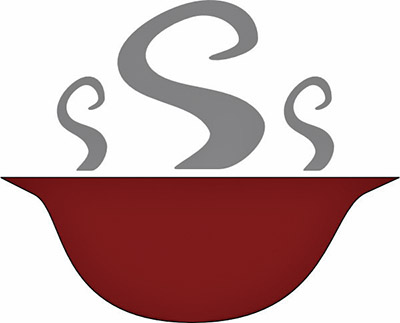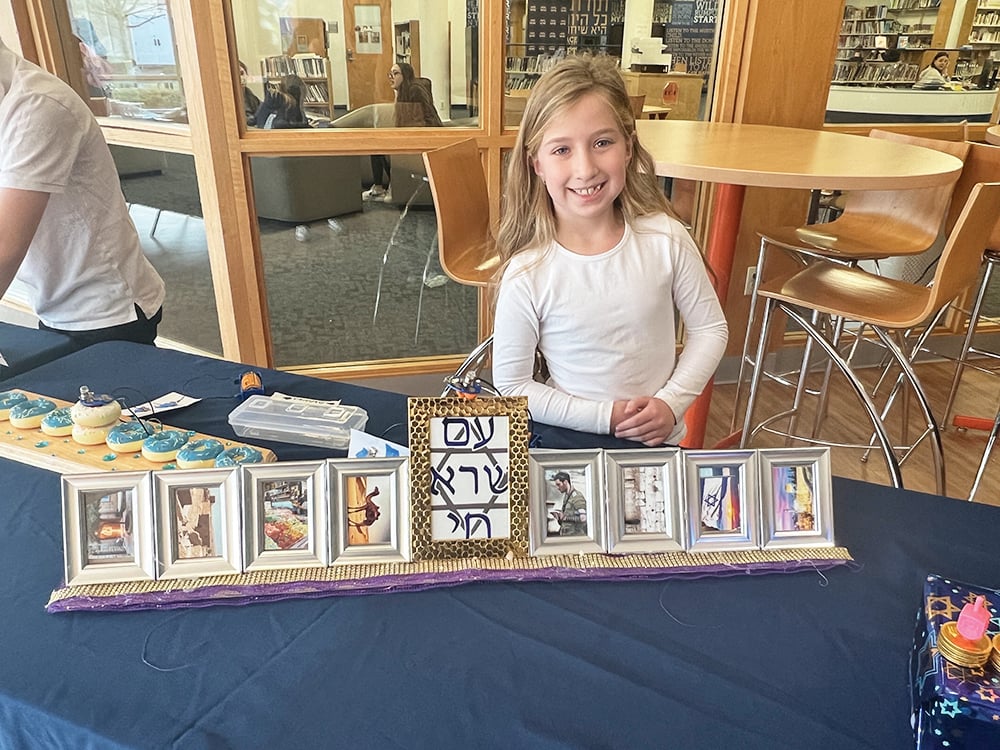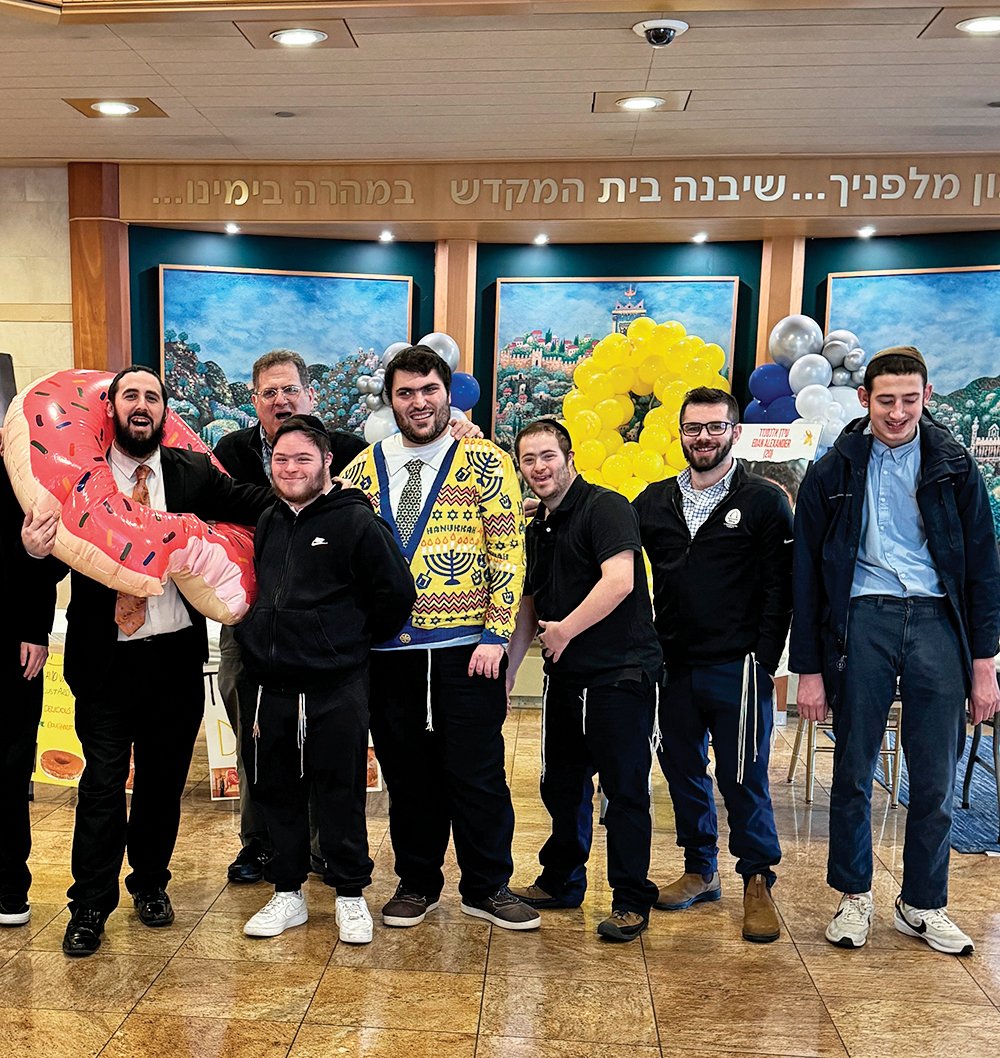
One can easily imagine the following scene: An Ashkenazic family visits a Sephardic family for Shabbat. The Ashkenazim see the Sephardic family on Shabbat morning remove chicken in sauce from the refrigerator and place it on the Shabbat tin (what Ashkenazic Jews refer to as a blech). The Ashkenazic family is shocked as they would never place cold food on the tin, even if it were solid and completely cooked! They also are careful to reheat only completely solid food! The Ashkenazim wonder if they are permitted to eat food that was reheated in this manner.
They consult their rav who calms them, informing them that the Sephardic family is following the approach outlined by Rav Ovadia Yosef in Teshuvot Yechave Da’at 2:45. The background is as follows: The Shulchan Aruch (O.C. 253:5) rules that one may place fully cooked solid food on top of a pot filled with food cooking on the fire “because this is not the way of cooking.” This permitted method of chazara (returning food to the fire) is referred to as kedeira al gabei kedeira. Since people do not cook food this way, this obviates any concern for mechzei k’mevashel, the appearance of cooking. It does not appear like cooking, and the fact that one is reheating the food in this unusual way demonstrates that he is not interested in stirring the coals (or adjusting the flame).
Ashkenazic authorities debate whether a non-adjustable hot tray or warming table constitutes a permissible method for reheating food on Shabbat. Those who adopt the lenient approach argue that since people do not cook on a hot tray or warming table, it is a permissible method to reheat food, similar to the kedeira al gabei kedeira method. Rav Mordechai Willig (“The Laws of Cooking and Warming Food on Shabbat” pp.145-148) rules leniently, and the “Shemirat Shabbat Kehilchata” (1:25) rules strictly.
Chacham Ovadia wholeheartedly endorses the lenient opinion, arguing that the non-adjustable hot plate successfully avoids concern for adjusting the flame and the appearance of cooking. Moreover, he argues that simply placing a tin over the fire successfully obviates these concerns. Ashkenazic authorities, however, do not accept this approach, since the Biur Halacha (253:3 s.v. V’Yizaheir) rules in accordance with the Pri Megadim, who argues that kedeira al kedeira does not appear as cooking only if the bottom pot is filled with food. Chacham Ovadia, on the other hand, follows the Machatzit HaShekel, who permits kedeira al kedeira even if the bottom pot does not contain food.
Regarding reheating solid food that has some liquid in it, Acharonim have debated the definition of liquid and solid in this context for centuries. Some Acharonim (the Bach, Vilna Gaon and Mishna Berura) believe that a food must be free of any liquid to qualify as a solid. Other Acharonim (including the Taz, Pri Megadim and the Kaf Hachaim) believe that if the majority of an item is solid, it is classified as a solid (see the opinions summarized by Rav Shimon Eider, “Halachos of Shabbos” p. 259, footnote 114).
Rav Yosef Adler cites Rav Yosef Dov Soloveitchik, who offers the following practical guidelines. If the food is eaten with a fork, it is a solid, and if it is eaten with a spoon, it is a liquid. On the other hand, Rav Moshe Feinstein (Teshuvot Igrot Moshe 4:74: Bishul: 7) rules in accordance with the strict view, except perhaps in case of great need. Rav Eider (ibid.) presents a very cogent defense of the lenient view based on an idea of Rav Tzvi Pesach Frank. Most Ashkenazic Jews follow the strict opinion of Rav Moshe.
Chacham Ovadia follows the Minchat Kohen, who rules that one may follow the lenient approach and place from the refrigerator fully cooked solid food that has some liquid in it, to the tin on Shabbat morning. Two great contemporaries of Rav Ovadia, Rav Ben Tzion Abba Shaul and Rav Shalom Messas, took issue with this lenient ruling. However, Rav Yosef stood firm, confirming his original position in his elder years without any reservation (Teshuvot Yabia Omer 7 Orach Chaim 42:6 and Teshuvot Yabia Omer 9: Orach Chaim 108:169).
May Ashkenazim eat food on Shabbat that was reheated by Sephardic Jews in accordance with Chacham Ovadia’s ruling? The answer is an unequivocal yes! We are forbidden to benefit from forbidden work on Shabbat. However, this is only a rabbinic prohibition. Mishna Berura (318:2, citing the Pri Megadim) and Yalkut Yosef (Orach Chaim 253:11) permit food cooked in accordance with legitimate opinions that one does not follow, since we may rule leniently about rabbinic matters. Even though Ashkenazic Jews refrain from reheating food in this manner due to a possible violation of Halacha, once it has been prepared he may rely on the lenient view to enjoy the food. Thus, the Ashkenazic family may enjoy, without reservations, the food cooked in a home of a Sephardic Jew, even if the Sephardim follow a more lenient approach than the protocols accepted by Ashkenazim.
By Rabbi Haim Jachter
Rabbi Haim Jachter is the spiritual leader of Congregation Shaarei Orah, the Sephardic Congregation of Teaneck. He also serves as a rebbe at Torah Academy of Bergen County and a dayan on the Beth Din of Elizabeth.













